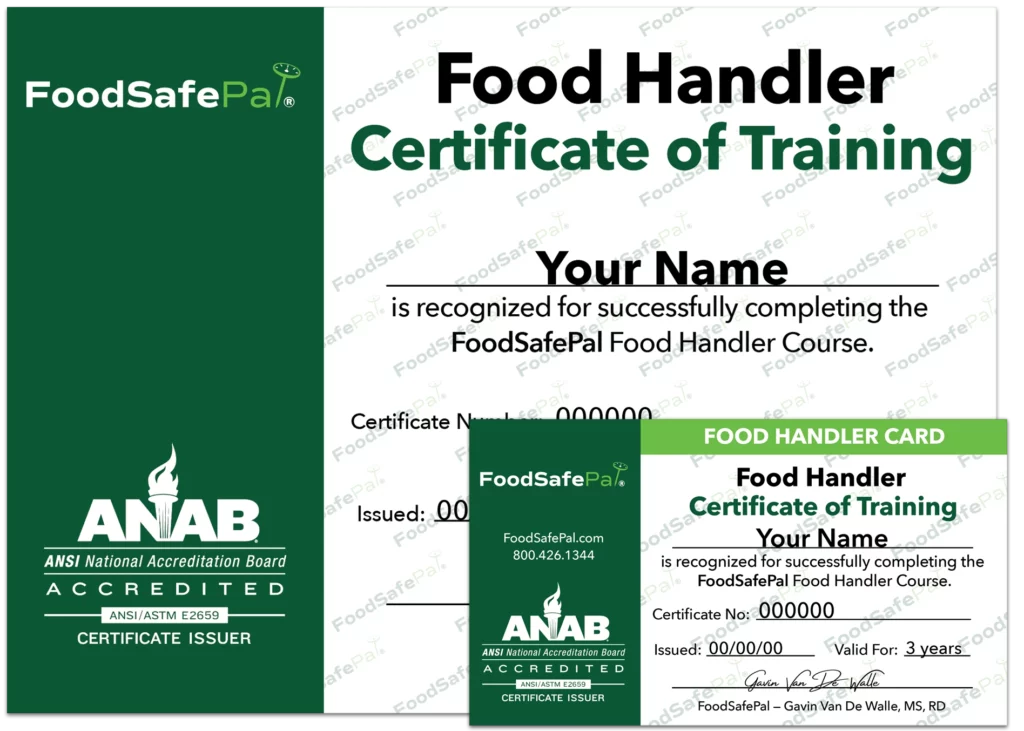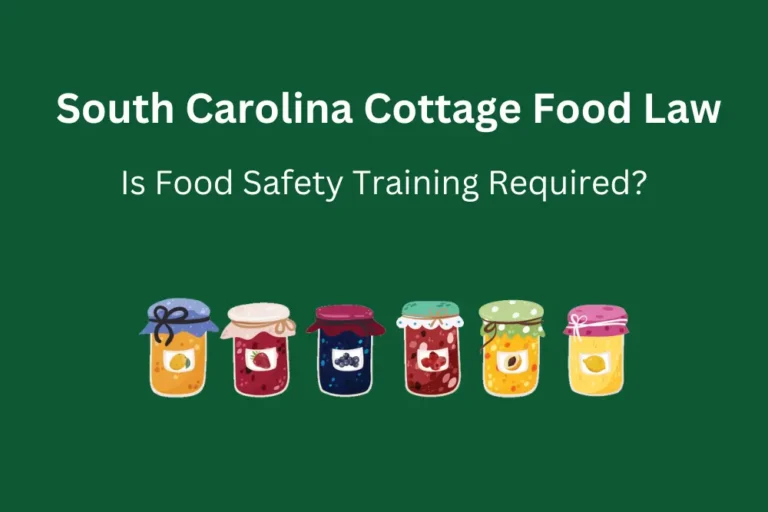Hawaii Cottage Food Law: Food Safety Training Requirements
Cottage food refers to food that you make in your home kitchen for sale directly to people.
Each state has its own cottage law that determines the types of foods you can sell, to whom and how you sell them, as well as how annual revenue you can earn from selling your homemade goods.
Many states require that you take an approved food safety course before you can apply or register your cottage food business.
This article discusses the Hawaii cottage food law, and whether you need food safety training to sell homemade food.

Hawaii cottage food production
Hawaii allows the production and sale of homemade goods that don’t require time or temperature controls to keep them safe.
Examples of approved foods include:
- breads, rolls, mochi
- cakes, cookies, and pastries
- candies and confections
- jams, jellies, and preserves
- cereals, trail mixes, and granola
- popcorn
Foods that require refrigeration such as cheesecakes, custard pies, cream puff, and pies. Fermented foods, acidified foods, canned or bottled foods, and meats are also not allowed.
Hawaii requires that you sell the allowed foods directly to people in person, including at events like farmers’ markets, craft fairs, fundraisers, and bake sales. Sales by internet, mail order, consignment, or at wholesale are not allowed.
Because Hawaii regulates cottage food businesses different than retail food establishments like restaurants, you don’t need a license or permit and the department of health also won’t routinely inspect your home kitchen.
However, the department of health can inspect your inspection if the receive customer complaints about the safety of the food you sell or to investigate foodborne illness outbreaks potentially linked with your products.
Summary
Under the Hawaii cottage food law, you can sell foods that don’t require time-temperature controls for safety directly to customers. Hawaii doesn’t regulate cottage food production operations like they do food establishments, so you don’t need a license or permit.
Do you need food safety training to sell homemade food in Hawaii?
Hawaii requires that you receive food safety training before producing and selling your homemade goods.
You can take this training from the Hawaii Department of Health for free, but the training is offered in-person only.
Food handler courses accredited by the ANSI National Accreditation Board (ANAB) like FoodSafePal’s also meet Hawaii’s food safety training requirement.
FoodSafePal’s approved food handler training is $15, but you get the convenience of completing in entirely online in under two hours. The course offered by the Hawaii Department of Health lasts three hours.
Earn Your Food Handlers Card + Certificate to Sell Cottage Foods
Finish in 90 Minutes. Meets Hawaii’s Cottage Food Law.

FoodSafePal’s Food Handler course is designed for food workers in retail food establishments so some of the content isn’t applicable to cottage food operators.
Still, it covers the important food safety principles you must know to keep your homemade products safe from disease-causing organisms called pathogens that can make people sick.
After you complete the course content, you must take a test and answer at least 28 (70%) out of 40 multiple-choice question to pass and earn your food handlers certificate and card.
Upon passing, you can immediately download or print it as proof that you have completed the training.
You must maintain the training by retaking and passing the course every three years.
Summary
Hawaii’s cottage food law requires the completion of an approved food safety course. The Hawaii Department of Health offers this training for free in person. Alternatively, you can take an ANAB-accredited course like FoodSafePal’s for a small fee completely online and in under two hours.
Labeling requirements
Hawaii’s cottage food law requires that each food is properly labeled with certain information.
This information allow people to whom you sell contact you in the case of an illness potentially linked to your product.
It also informs customers of allergens that may be present and that the food is produced in a home kitchen not routinely inspected by the health department.
This label must include the following information in at least 10-point font:
- the common or usual name of the food
- your name or business name
- your address or business address
- a list of ingredients in the food in descending order of predominance
- the statement: Made in a home kitchen not routinely inspected by the Department of Health

Summary
Hawaii’s cottage food law requires that each food you wish to make and sell have a label with the required information.
The bottom line
Under the Hawaii cottage food law, you can produce and sell foods that don’t require time or temperature controls like baked and other dry goods directly to people throughout the state.
If you want to start a cottage food business in Hawaii, you must first take an approved food safety course. You can take this course for free with the Hawaii Department of Health, but it must be completed in person.
Alternatively, you can complete an ANAB-accredited food handler training course, such as FoodSafePal’s, for a small fee completely online and in under two hours.
After you complete the course and pass the test, you will be issued a certificate as proof of completion. You must maintain this certificate by retaking an approved food safety course every three years.
Earn Your Food Handlers Card + Certificate to Sell Cottage Foods
Finish in 90 Minutes. Meets Hawaii’s Cottage Food Law.

Each food you make and sell must also have a label with the required information.






